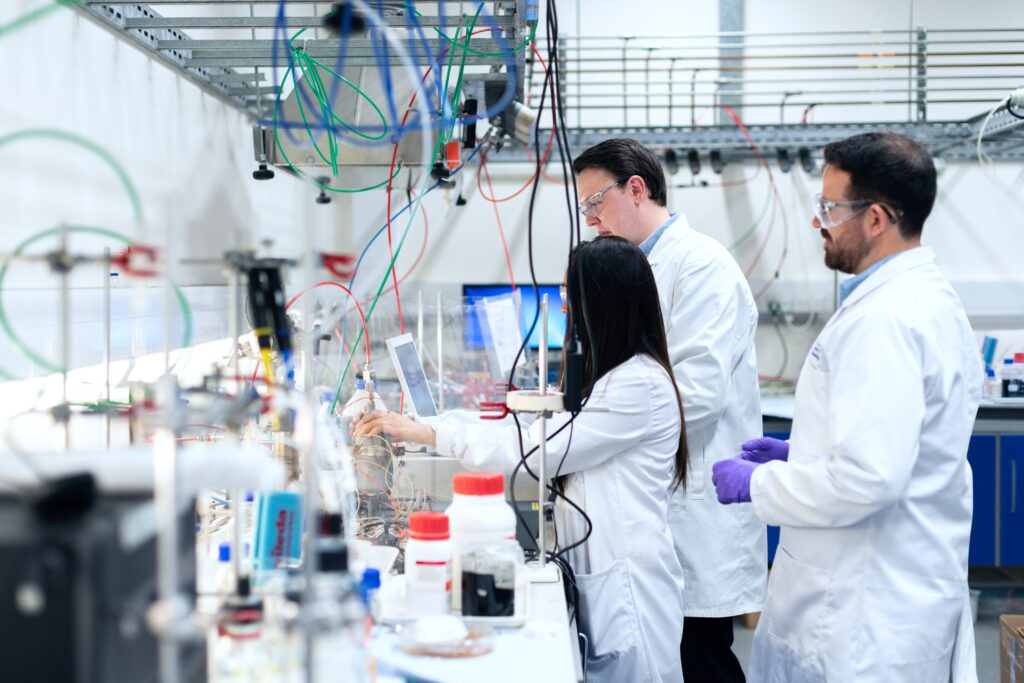Participation in science, technology, engineering and maths is plummeting. How can we encourage our young people to face the environmental challenges of the future?
Jane Lowney, Head of Engineering and Infrastructure at recruitment firm Robert Walters, explains how encouraging young Australians into STEM careers could accelerate our efforts to mitigate climate change.
With thousands of Australian students recently joining their peers from more than 82 countries in pressuring world leaders to urgently address climate change, attention must now turn to how as a society we can better support their passionate pleas into future careers.
The commitment demonstrated by students across the globe is testament to the importance that our next generations are placing on reversing the global carbon footprint. However, the question remains; what is the best way to leverage this passion in order to access a career that will enable them to better protect the environment? To unlock the passion, we must position science, technology, engineering and mathematics participation as one of a number of solutions to the climate change debate.

Dropping the ball at the high school level
STEM is one of the key elements in unlocking the potential to help solve climate change- related issues. However, pupil enrolments in STEM subjects have continued to fall across all education levels.
According to the most recent National Science Statement, participation in STEM subjects in Australian schools is at a 20-year low. This is directly converting to declining participation in STEM-related careers. The proportion of Australians aged 20 to 64 with post-school qualifications in STEM are dwindling compared to a decade ago. The decline in interest is surprising given the significant funds that have been provided to promote them. ($64 million in government funding for school STEM initiatives).
The consensus among policymakers is that STEM jobs will become more important as technology plays an ever-increasing role in the economy. What recruiters are witnessing is the huge demand from employers for STEM skills; even for roles where STEM qualifications are not a prerequisite. This may explain why businesses are now reporting skill shortages well above the average level seen since the early 2000’s.
Australians, in a broader sense, may not actually be learning the skills that are required now and, in the future, which includes the skills required to combat climate change. For policymakers, employers, parents and their children these facts and forecasts should be equally as alarming as our energy usage and carbon emissions.

Connecting the data
At the compulsory school level, students are already exploring climate change as an issue the world needs to address. We need to encourage them further by connecting the dots between climate change, STEM and the subsequent career opportunities that are available to them that will make a difference.
For those students closer to university, there has never been a wider range of STEM opportunities available. Responsibility must also be placed on a student’s sphere of influence to further encourage them into STEM careers. This includes parents, family members, mentors, teachers and career counsellors.
The challenge is how we collectively engage young people into STEM while fuelling their passion for the environment. The solution is to appeal to our next generation’s commitment to the environment and subsequently into STEM-related careers.

